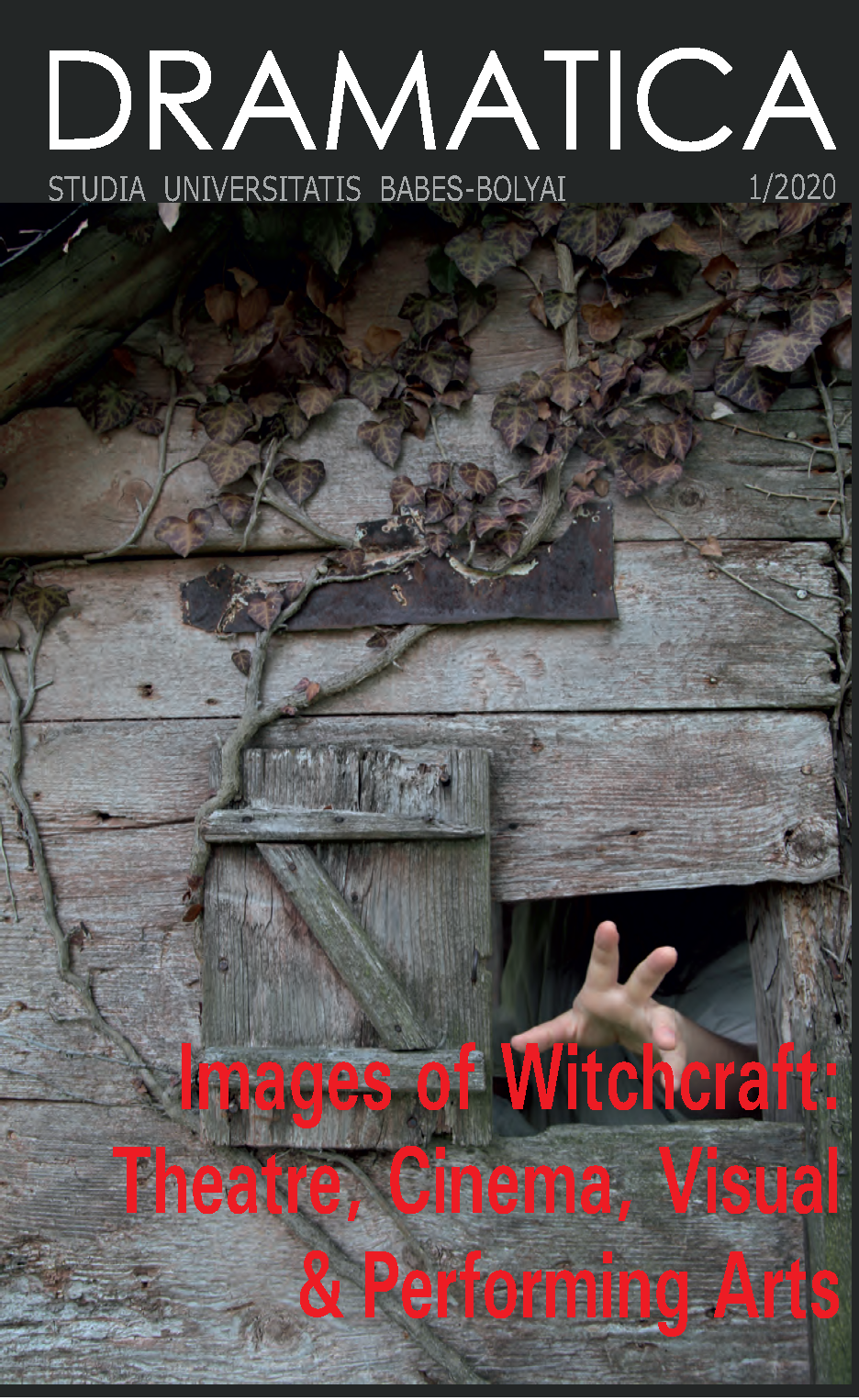« Les sorcières de Smyrne » sur la scène contemporaine
DOI:
https://doi.org/10.24193/subbdrama.2020.1.08Keywords:
witch, novel, adaptation, Minor Asia, Greek community.Abstract
“The witches of Smyrna” on the contemporary stage. The novel The Witches of Smyrna by Mara Meimaridi (2001) is adapted for the stage and directed by Stamatis Fassoulis in 2018. The play transports spectators back to Smyrna, its clubs and celebrated fin-de-siècle cafés, for a story of magic, spells and cosmetics. The historical context remembers to the audience the lost homelands. Magical knowledge and practice were not widely accepted among individuals and communities in Minor Asia. But Katina, a smart young woman with magical abilities, ignore the reactions and impose herself across Smyrna’s society. The Greek witch at the beginning of 20th century is a woman next door, modern and independent, without Halloween’s witch hat or other accessories.
References
Barthes, Roland. Essais critiques. Paris : Seuil, 1964.
Bechtel, Guy. La Sorcière et l’Occident. La destruction de la sorcellerie en Europe des origines aux grands bûchers. Paris : Plon, [1997], 2000.
Beeler, Karin. Seers, Witches and Psychics on Screen: An Analysis of Women Visionary Characters in Recent Television and Film. North Carolina: McFarland & Company, 2008.
Carastro, Marcello. « La fabrique de la notion moderne de magie : pratiques du comparatisme chez Frazer, Hubert et Mauss. » Revista de História, édition spéciale (2010) : 231-248.
Homère, Iliade. Tome III (chants XIII-XVIII), Texte établi et traduit par Paul Mazon, Pierre Chantraine, Paul Collart, René Langumier. Paris : Les Belles Lettres, 1961.
Chollet, Mona. Sorcières. La puissance invaincue des femmes. Paris : La Découverte, 2018.
Eco, Umberto. Lector in fabula. Le rôle du lecteur ou la coopération interprétative dans les textes narratifs. Paris : Grasset, 1985.
Gallart, Rémy, « Postface. » In Ma femme est une sorcière de Torne Smith, 235-245. Dinan : Terre de Brume, 2005.
Magliocco, Sabina. « Witchcraft, healing and vernacular magic in Italy. » In Witchcraft continued. Popular magic in modern Europe, édité par Owen Davies et Willem de Blécourt, 151-173. Manchester and New York: Manchester University Press, 2004.
Martin, Michaël. Sorcières et magiciennes dans le monde gréco-romain. Paris : Le manuscrit, 2004.
Michelet, Jules. La sorcière. Paris : E. Dentu, 1862.
Palou, Jean. La sorcellerie. Paris : Presses Universitaires de France, 2002.
Pop-Curşeu, Ioan. « Corps de sorcières, entre horreur et beauté. De la peinture au cinéma, avatars d’une tradition iconographique. » Studia UBB Dramatica LX, no 1 (2015) : 119-130.
Rodgers, Catherine. « Lectures de la sorcière, ensorcellement de l’écriture. » In Marguerite Duras : Lectures plurielles, édité par Catherine Rodgers, Raynalle Udris, 17-34. Amsterdam-Atlanta : Rodopi B.V., 1998.
Roy, Max. « Du titre littéraire et de ses effets de lecture. » Protée 36, no 3 (2008-2009), 47-56.
Smyrnelis, Marie-Carmen. Une société hors de soi : identités et relations sociales à Smyrne au XVIIIe et XIXe siècles. Paris : Peeters, 2005.
Tarot, Camille. Le symbolique et le sacré. Théories de la religion, Paris : La Découverte, 2008.
Downloads
Published
How to Cite
Issue
Section
License
Copyright (c) 2020 Studia Universitatis Babeș-Bolyai Dramatica

This work is licensed under a Creative Commons Attribution-NonCommercial-NoDerivatives 4.0 International License.


